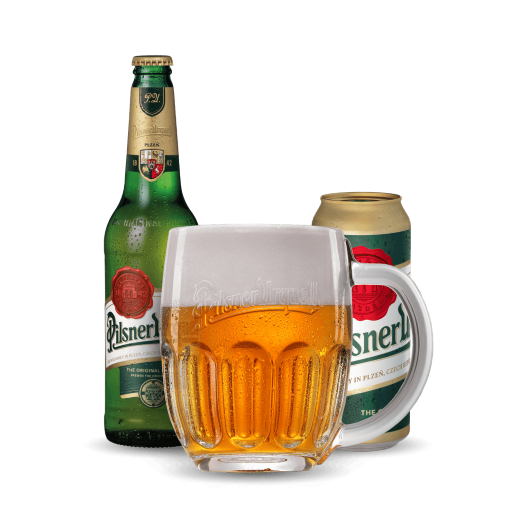Once upon a time there used to be a clear division of beer – lager and ale.
Within each camp there were variations. Beers such as English bitter, pale ale, India Pale Ale, porter, stout and most Belgian styles all fell into the ale category, which meant they were brewed with yeasts that preferred slightly warmer temperatures.
In Germany, where lager first came to prominence there is a subset of styles such as bock, 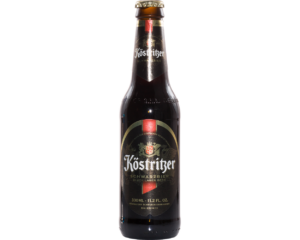 doppelbock, Schwarzbier (black lager). These were all brewed with yeast that preferred cold temperatures as lager evolved in beer brewed in cool Bavarian caves – it was a kind of natural selection at play. And as a rule, these beers were not the golden colour we associate with lager today – they were all darker in hue.
doppelbock, Schwarzbier (black lager). These were all brewed with yeast that preferred cold temperatures as lager evolved in beer brewed in cool Bavarian caves – it was a kind of natural selection at play. And as a rule, these beers were not the golden colour we associate with lager today – they were all darker in hue.
The direction of lager changed in the late 19th century, when the townsfolk of Pilsen, in what we now call the Czech Republic, decided the local brewery was doing a really bad job at making beer – so bad, they tipped barrels of it into the river.
The town hired a second-generation brewer from Bavaria called Josef Groll to fix their problems.
Groll, described by his own father as the “rudest man in Bavaria”, smuggled a Bavarian lager yeast across the border, combined it with the locally-grown Saaz hops and used pale malt recently 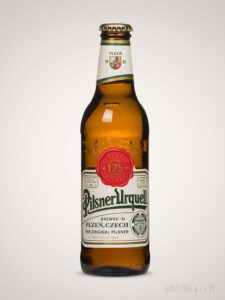 perfected by British ale brewers to create a light, golden beer.
perfected by British ale brewers to create a light, golden beer.
This beer was called Pilsner Urquell, or “original Pilsner.”
Urquell was not the first golden lager, but it became the most famous and went on to define what we now accept as stereotypical lager as produced by the European giants.
It’s estimated that around 90 per cent of the world’s beer is modelled on this style – that’s because lager yeast was easy to store and distribute, plus the advent of refrigeration made it easier to brew a beer that preferred cold temperatures. And when clear glassware came into vogue there was even more reason for brewers to create sparkling golden lager – it looked great in a glass.
So, when people ask me what’s the difference between lager and pilsner –
this is it in a nutshell: a crazy moment in Pilsen that went global. But, of course, it’s way more complicated than that, especially here in New Zealand (which we’ll get to
in a minute).
First, around the world, we still have all those old-fashioned lagers the Germans love. The likes of Marzen, Vienna Lager, bock, doppelbock, Schwarzbier … and even the style known as Baltic Porter, which is a strong porter brewed traditionally with a lager yeast. It evolved because drinkers in the Baltic region enjoyed British Porter and when they recreated it in a colder climate it preferred lager yeast. So while golden or pale lager is now globally dominant, it’s not the whole lager story.
And in New Zealand we turn the whole board game upside down.
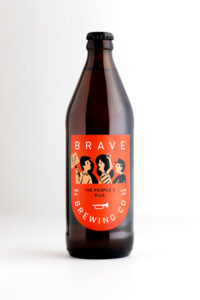 Some of our most famous “ales” – think Speight’s Gold Medal Ale, Tui East India Pale Ale – are actually lagers!
Some of our most famous “ales” – think Speight’s Gold Medal Ale, Tui East India Pale Ale – are actually lagers!
There’s many reasons for this. On a practical level lager yeast is easier to work with so suits industrial-scale brewing. Breweries reuse these yeast strains over and over again, so the fact that lager yeast sinks to the bottom of the fermentation vessel makes it easier to harvest and reuse, as opposed to ale yeasts that tend to flocculate at the top of a tank and therefore are more likely to be exposed to other bugs and are more difficult to harvest for future use. So brewing on a large scale means lager makes life easier.
On the other hand, with the rise of the craft sector and the innovative use of New Zealand hops, many Kiwi craft pilsners are brewed with an ale yeast! The rationale is that one of the downsides of a lager yeast is a sulphury note which would interfere with aromatic Kiwi hops used in our modern pilsners. There are other technical factors such as leaving some residual sweetness in the beer to 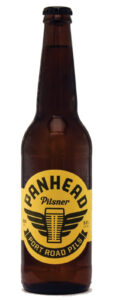 help balance out the hop bitterness. As a result, some New Zealand pilsners are often described as pale ales in disguise.
help balance out the hop bitterness. As a result, some New Zealand pilsners are often described as pale ales in disguise.
Some really good examples of this New Zealand pilsner style include Panhead Port Road Pils, which has become the benchmark for this style. Liberty Halo Pilsner is another classic example of a Kiwi pilsner, with that sweet-over-bitter finish, while Epic have just released their version.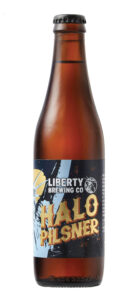
For contrast, to get a more European style pilsner try Brave Brewing People Pils from Hawke’s Bay or Auckland-based Black Sands Pilsner, as perfect a summer beer as you could hope for.
Article written by Michael Donaldson

